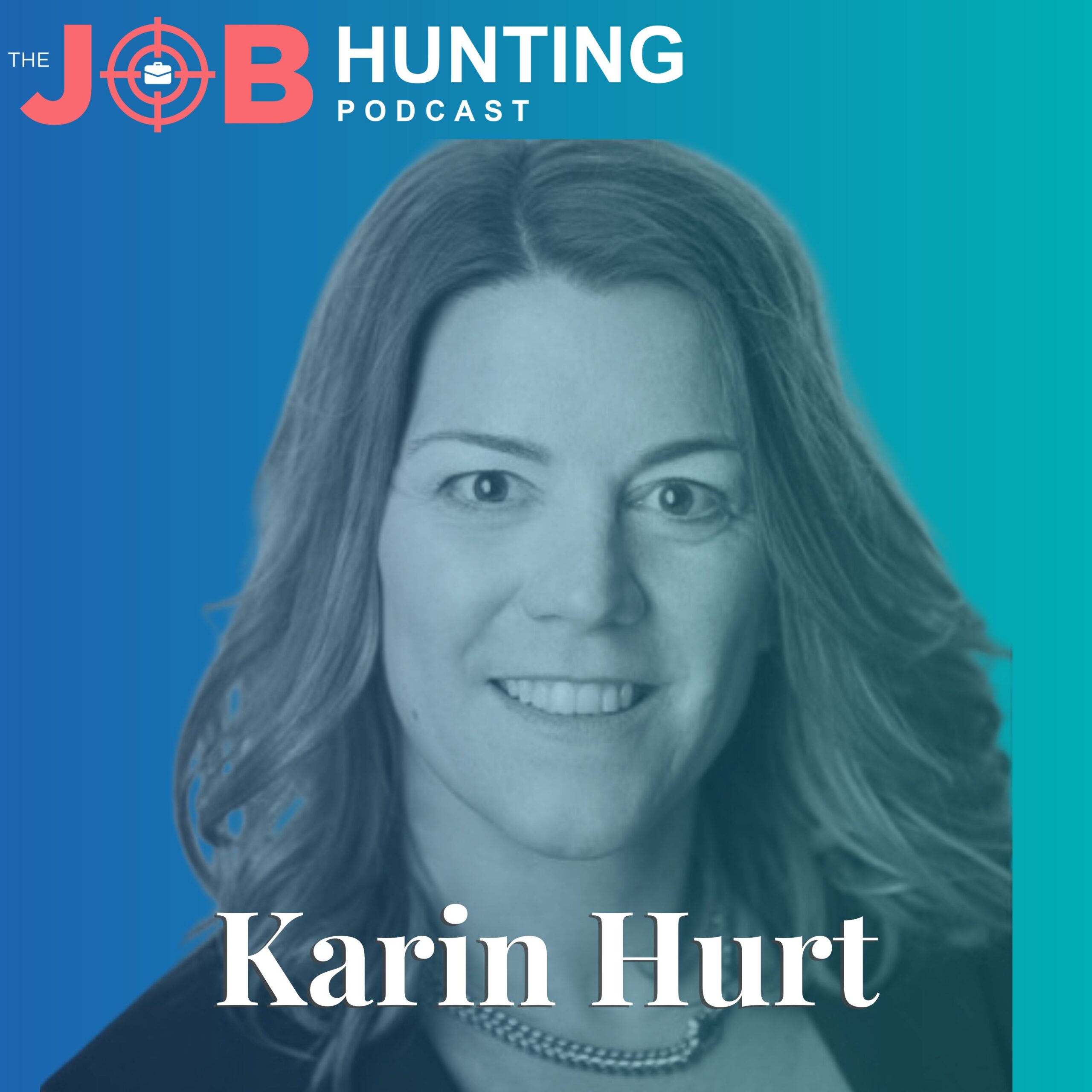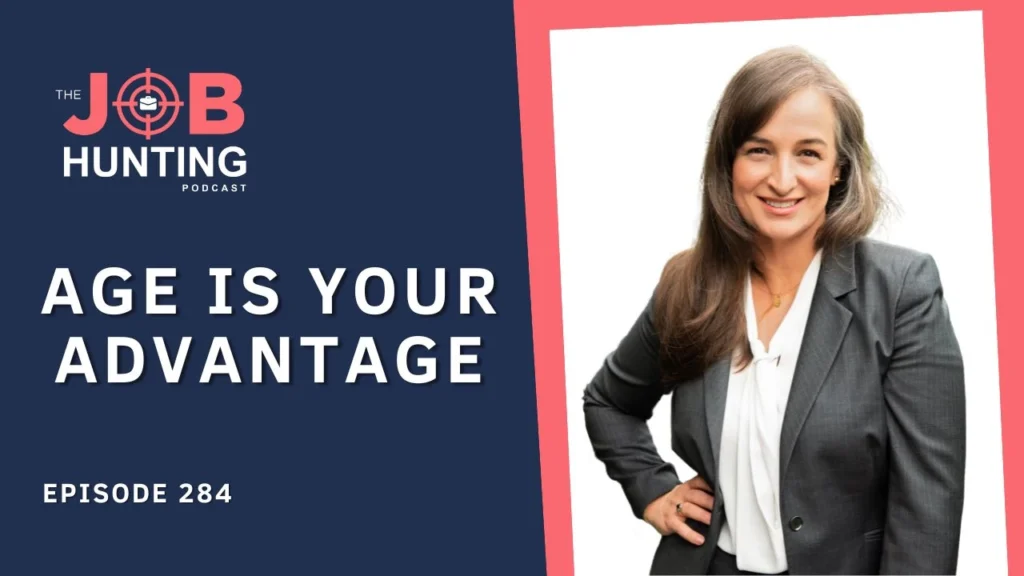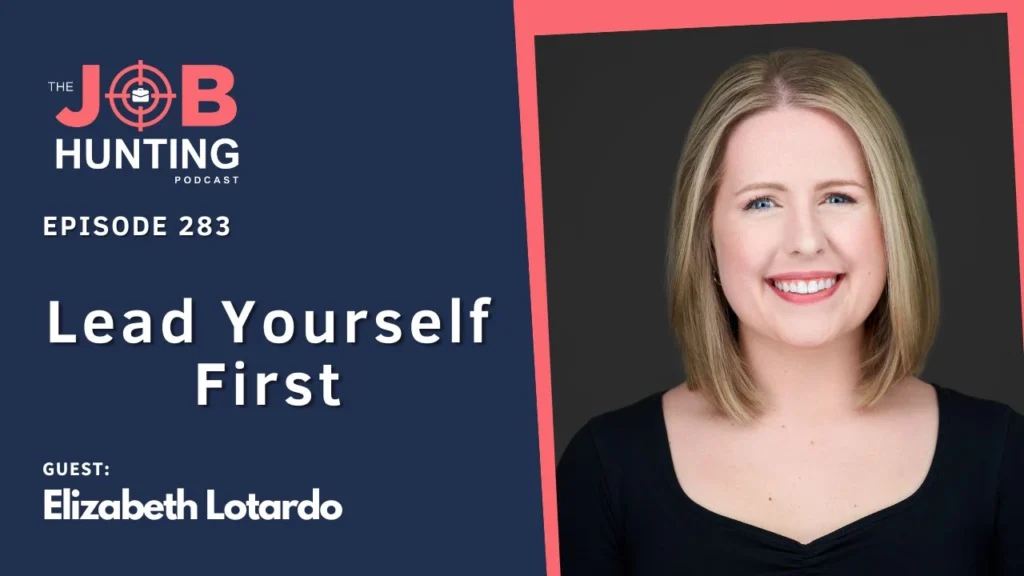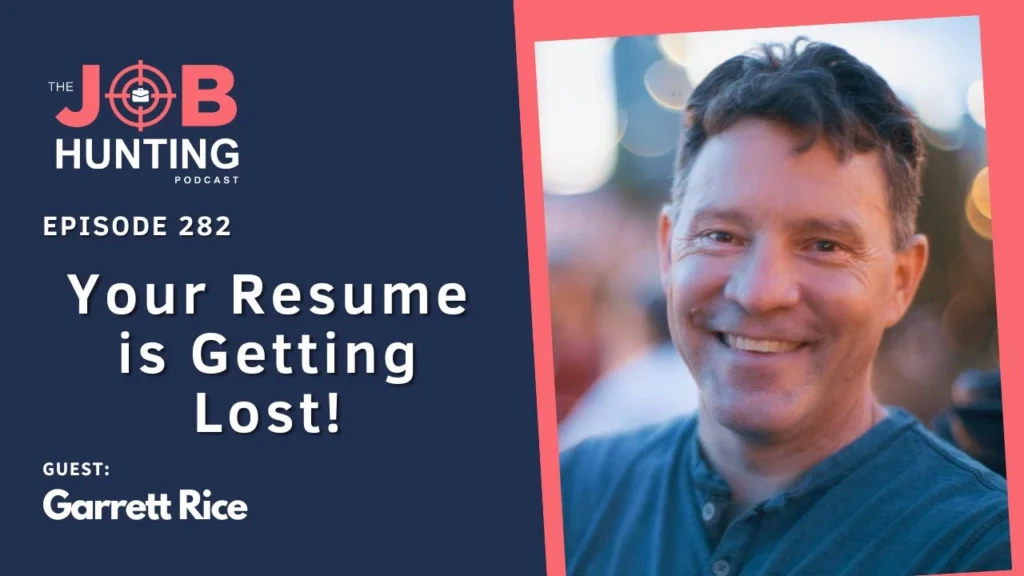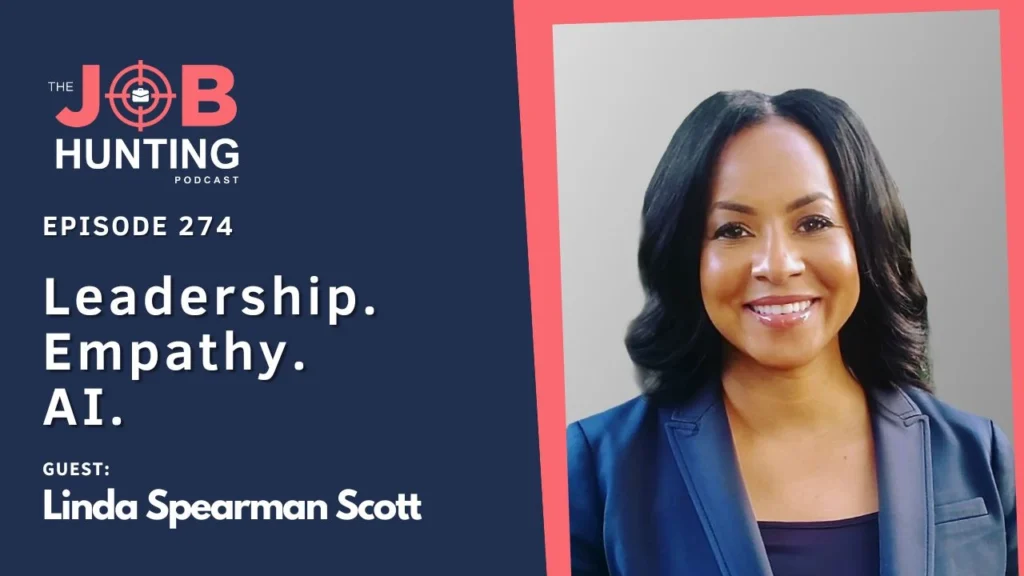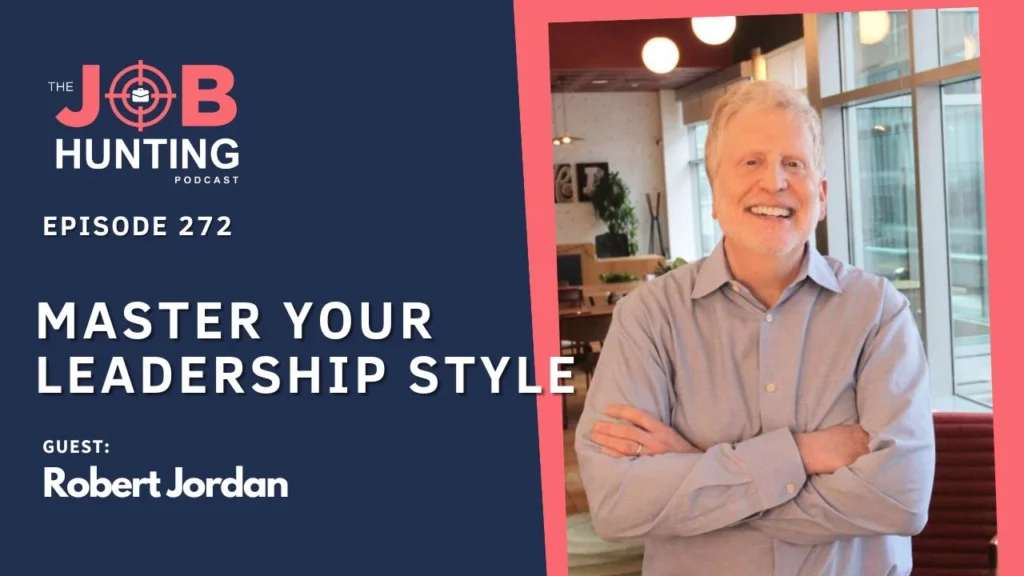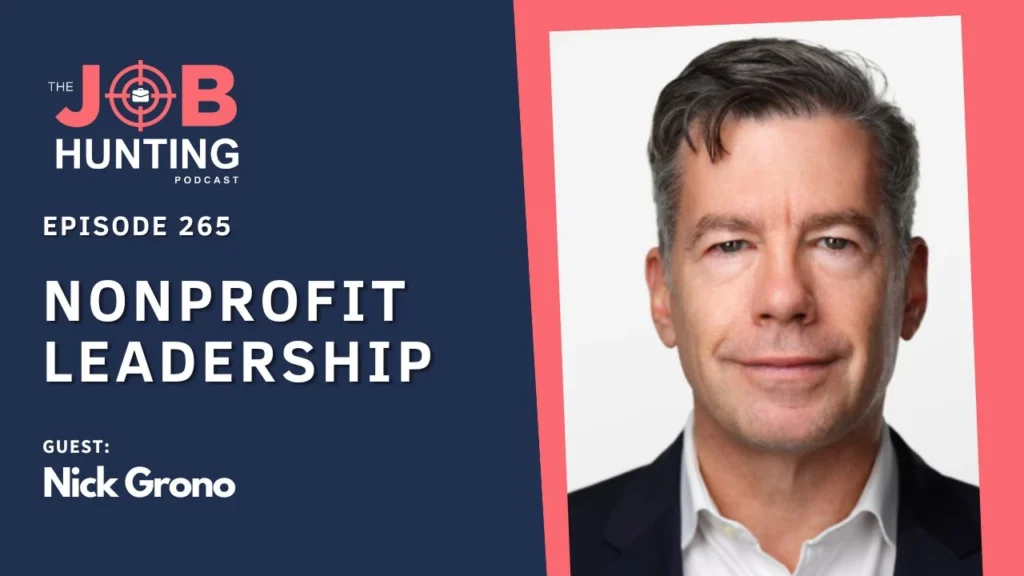Renata: I am fascinated by the topic that you chose to focus on, you know, workplace conflict or conflict in general. I’ve been thinking a lot about it for the past couple of days, trying to get ready for our conversation.
Renata: And I was wondering, when did you first think this is something I want to focus on?
Karin: Shifting to remote work, we were curious if this was leading to more conflict or less conflict.
Karin: We’ve been discussing this a lot with our clients. Then our publisher called and said, “Hey, you know what we’ve been thinking about? Workplace conflict. Do you think there’s more or less?” We thought there might be a need because many practical books on the topic were written a long time ago.
Karin: We’re looking for something relevant to what workplaces are facing now. So, we created the Workplace Conflict and Collaboration Survey because we didn’t want to just go with our gut feeling. We believed there was more conflict, but we needed to research to find out for sure.
Karin: It’s about the changing nature of conflict. From there, we also thought about what people need to do about it. We asked people for advice to their former selves if they faced conflict again and used all that data to figure out what kind of book people needed right now that would be practical and useful.
Karin: Navigating what we’re calling today’s “conflict cocktails.”
Renata: Yeah, so the data is very recent and from a more hybrid type of workplace. Has that shifted where the conflict happens?
Karin: You know, it’s interesting. Seventy percent said they’re seeing the same or more, or significantly more conflict now. When we asked and gathered a lot of qualitative data, we found the nature of the conflicts.
Karin: One of the shifts in a hybrid work environment is that unclear expectations are a big reason for conflict. With rapid changes in work, there have been many assumptions. We call this “magical thinking,” where everyone assumes they know what to do, but these norms haven’t been clearly established.
Karin: For example, should you have your cameras on or off? When I say work from anywhere, it doesn’t mean a petting zoo, right? There’s a need for deeper clarity of expectations. Managers need to improve on this, employees need to ask more questions, and teams need to work together to establish clarity and norms.
Renata: Have you gained any insight into the work-home balance, since so many people are now working from home? Is family conflict influencing workplace conflicts? I see that in my clientele. They’re working from home and need time to job search or get work done, but there are kids around and their spouse is also trying to work. It feels like they’re still struggling with this years after the pandemic.
Karin: Yeah, yeah. It’s funny. My biggest conflict was with my home office. My son’s room is right next to mine, and during the pandemic, he was constantly playing the ukulele. I was worried about him, but also needed to focus on work, like virtual training or podcasts.
Karin: When people are on top of each other like that, there are additional competing priorities. The pull is more acute. It’s different when you’re going to an office and your kids aren’t constantly knocking on your door. They might call you, but not every five minutes.
Karin: But if you’re right there, they think nothing of it, and then you feel bad because, well, gosh, I should help them. So, I do think it’s about these expectations, the boundaries, and how you carve out and stop working. Another thing we’re hearing a lot of is that people find it hard to turn off work. The temptation is just there to do one more thing before bed. The lines between work and home have definitely blurred.
Renata: Yes, here in Australia, there’s a law that prohibits contacting employees outside work hours. I feel bad that I don’t know more about it, considering that’s my expertise.
Karin: I saw that in Australia. That’s interesting. Anytime there’s a rule, there’s also the expectation that if you’re an executive, you’ll still get calls, and you won’t report it. So, you’ve got legislation and the reality of workplace expectations. How are people adhering to the intention of that law? But I like the spirit of where it’s heading, giving people more confidence to speak up and draw boundaries.
Renata: Yes, I see that as a big problem. One reason people opt out of work, engage in quiet quitting, and start looking for another job is the difficulty in dealing with workplace conflict and changing expectations since the pandemic. They find it hard to establish boundaries.
Renata: Some people think it’s better to stick with the devil they know, but many are dissatisfied with the current workplace culture. Since the pandemic, there’s been a shift. People now want more time off, more flexibility, and the ability to work from home. This shift has been interesting to observe as a career coach. When conflict arises, people often pivot to finding another job.
Karin: Mm hmm.
Renata: Okay, let’s start applying for jobs. What would be your opinion on that? What should people do to reflect and rethink their strategy regarding what’s happening at work?
Karin: It’s interesting. Of the 30 percent who said there’s less conflict, many said it was because they changed jobs and left a toxic work environment. So, what I would say is, or they said they’re working from home and don’t interact with people anymore, so there’s less conflict.
Karin: We’re assuming that conflict is bad. Toxic, courage-crushing conflict is bad, but a lot of conflict is just differing opinions. I believe this, you believe that. I think we should do it this way, you think we should do it that way. On the other side of that conflict is creativity, innovation, and problem-solving. You want that kind of conflict in a workplace. Teams with no disagreements are not generally strong, innovative teams. If every time you don’t get along, you just leave, you’re leaving so much potential on the table. That’s why we do the work we do: to give people the confidence and skills to have those conversations.
Karin: A lot of times, people won’t even have the conversation. They don’t give the other person a chance. We heard example after example of people saying, “When I finally spoke up, I was surprised at the outcome. I had been stewing on it for three months. If I had addressed the conflict sooner, I would have resolved it sooner.”
Karin: In our research, 21 percent of people said their advice to their former selves when faced with conflict would be to talk about it or talk about it sooner.
Karin: But we’re also seeing that people are more on eggshells. More people have experienced mental health challenges, and they’re exhausted. They’re just like, “I can’t even, I’m not even going to try.” That doesn’t lead to fun, productive, dynamic, innovative cultures. So, one of the things we’re really thinking about is how to give people the basic foundational skills to have these conversations.
Karin: We talk about four dimensions of productive conflict and how to lean into those in different scenarios.
Renata: Oh, lovely. I’d like to hear more about that. One thing you just said made me think about something I listened to a few days ago. It was a short video that reminded me of things my clients go through. Anderson Cooper, the CNN anchorman, was interviewing Rick Rubin, the GOAT of music production.
Renata: Anderson Cooper was being very controversial, trying to raise Rick’s cortisol levels, trying to make him mad. He said, “You don’t play any instruments,” not even asking, just reminding Rick. “You don’t play any instruments.”
Karin: As if he didn’t know.
Renata: Yeah. And Rick said, “No, I don’t.” Anderson continued, “Do you know how to work the equipment?” And Rick said, “No, I don’t.” So Anderson asked, “Why do people pay you?” I thought that line of questioning is similar to what some recruiters or managers have with professionals. “What have you been doing? Why haven’t you attended the meeting? Why are we paying you?” It raises alarm bells, and people go into aggressive mode.
Renata: Rick Rubin, looking like a big hippie, stayed cool as a cucumber and explained to Anderson Cooper why he is the GOAT. How can you help people have that level of confidence and courage to stay cool under pressure?
Karin: He’s comfortable in his own skin because he is the GOAT. We talk about leaning into confidence and humility. If you’re in a meeting, there’s a reason you’re there. There are strengths you’re bringing to the table, just like Rick Rubin. He didn’t say it, but he implied, “If you’re too dumb to understand my strengths, that’s on you.”
Karin: Own your strengths, know why what you have to say matters, and think about what’s at stake if you stay silent. How will you feel if you’ve been heard? These are the three questions we encourage people to consider. If you have something important to say, why does it matter? What’s at stake if you stay silent? How will you feel if you’ve been heard?
Karin: When we ask these questions in large conference rooms, like at the Association of Talent Development Conference, the number one thing people say is, “If I was really heard, even if I didn’t get the outcome I wanted, I would feel relieved.”
Karin: Right. Because you want to have the conversation. That’s such an interesting question. I was almost getting hives listening to that because I worked at a Fortune 30 company for 20 years, and we used to have operations reviews at every level. They were like a trial. I have a friend who recently left there, and he used to say, “There’s no such thing as a good operations review. There’s only not a bad operations review.”
Karin: That was the nature of the questioning. You go in as if you were on trial. I remember one year, my team was on fire. We were leading all the regions. It was a 200-person sales team, and we were running circles around the other regions. I thought, surely we’re going to have a good operations review. But they asked, “Why isn’t it better? Why isn’t it more? Why haven’t you done more to help the other regions get better?” That kind of artificial conflict is not healthy. That’s the toxic kind of conflict.
Karin: But if you can show up and say, “Here’s what success looks like. What would a successful outcome look like for you? What do you think we should do next? How do you think we should approach this situation? What’s getting in your way? How can I be most helpful here?” You could take the same problem and imagine a collaborative conversation where you get your rockstar sales team into the room and say, “First, wow, thank you.” Then get curious, “I really want to help you do even better. Have you considered this approach to the market?”
Karin: You could still push for more, which is what they were trying to do, but you can do that in a way that taps into people’s confidence and creativity. It’s very hard to be creative when you are on the defense.
Renata: Yes. Oh, yes. You block all of your creativity and cognitive ability when you are defensive. I think people who listen to this podcast, because it’s called The Job Hunting Podcast, may not know this will happen to them, but as soon as they walk into an interview setting, they feel it. They feel the tension and react as if they were being threatened.
Renata: Even if the culture is great, even if the interviewers are nice and trained by people like you who know how to develop better environments to get to know people better, they come with their egos a bit fragile. They might have been let go, made redundant, or laid off, so they feel like they need to prove themselves and to others so much more than they actually do. I would really like to learn from you about those powerful phrases because I think powerful phrases are easy to remember when your cognitive abilities are impaired.
Karin: Yes, you can get a couple of them. First, let me comment on one thing you said. I have a friend named Hillary Blair, who is also a communication expert focusing on presence, executive presence, and finding your voice. She says there is a difference between being comfortable and being confident.
Karin: You are in a situation where you’re job hunting. You’re in an interview, and you’re uncomfortable because the stakes are high, you want the job, and you don’t know these people. This is an uncomfortable situation. So maybe your palms are sweating, and your heart is racing.
Karin: She would say, okay, so say to yourself, “Yeah, I’m uncomfortable. That’s a regular human response to the situation I’m in,” but don’t let it derail your confidence because you still know your strengths. You still know why you’re qualified for that job. So just say, “Yeah, that uncomfortable feeling is a human feeling. Now, let me deal with my confidence and pull back from that.” Say, “It’s okay to be uncomfortable. That’s normal. And I’m going to step into this interview with confidence, leaving them knowing why I am the best candidate for this job.”
Karin: So the four C’s. It’s funny that you mentioned he’s the GOAT because we talk about 12 GOAT powerful phrases for dealing with workplace conflict. In the book, we have 300 powerful phrases. If you’re in an ACE (acute conflict emergency), you can go to the table of contents and find the right chapter. But we start with 12 GOATs based on the four dimensions. The first is connection. Are we connected as human beings before we even enter this conflict? A conflict will go much better if we care about each other as human beings and know each other. Investing in those relationships is key.
Karin: How are you using connective phrases in your conversations? If you can get a couple of these in your head, when you’re furious, it helps you show up well. One is simply, “Tell me more.” It connects. If you’re angry and someone else is angry, you can say, “Can you tell me more? Tell me more about how you’re feeling. Tell me more about why you’re upset. Tell me more about what you need.” When people feel listened to and heard, it de-escalates immediately.
Karin: Imagine in a job hunting scenario, if an interviewer tries to make you uncomfortable. They might say, “I don’t think you’re qualified for this position.” You could respond, “Oh, really? That surprises me. Could you tell me more about why you feel that way?” This is a way to apply that GOAT phrase. Another GOAT phrase for connection is, “It sounds to me like you’re feeling [insert emotion]. Do I have that right?” These phrases re-ground the conversation at a human-to-human level.
Karin: The next dimension is clarity. Do we have a shared understanding of success? One of my favorite GOAT phrases for clarity is, “What would a successful outcome do for you?” Not just, “What does success look like?” but going a level deeper. This gets to the hidden motivations. For example, “What it would do for me is make me look good in front of my boss,” or “It would give me more time to spend with my kids.” This helps narrow the conversation to what really matters.
Karin: The third dimension is curiosity. Are you genuinely showing up curious about other people’s perspectives? Because it’s hard to be curious and furious at the same time.
Karin: And what is possible? “What does this look like from your perspective?” is a powerful phrase. “What can I do to support you right now?” is another powerful phrase. Then, there’s commitment: Do we have a shared agreement going forward? One of the things that happens a lot in workplace conflicts is that we experience “Groundhog Day” conflicts, where they happen again and again. If you’re in a conflict that won’t go away, it’s likely that you haven’t moved to a commitment.
Karin: Especially in bigger conflicts, one of my favorite GOATs is, “What is one next step we can both agree on?”
Renata: Hmm.
Karin: Maybe we’re having a big values-based clash and we’re stuck. Okay, what’s one thing we can try?
Renata: Yeah.
Karin: So, those are the dimensions and a couple of our GOATs.
Renata: I love them all. I think I’m going to start using them in my client sessions.
Karin: Nice. I’ll send you the resource center for the book. We have a job aid you can print out with the 12 GOATs, so you can give them to your clients too.
Renata: Oh, that’s awesome. What results have you seen from the training you’re doing, implementing this?
Karin: Yeah, you know,
Renata: I mean, you’re a data person, so you might have collected data.
Karin: The book itself just came out last week, which is very exciting. But we have been training and testing the GOATs to find out what works best. The number one thing we are seeing is people are having the conversations. They are resolving conflicts sooner because they feel more confident to have the conversation.
Karin: The other thing we’re definitely noticing is less stress. The number one bad outcome of conflict in our research was stress. People carry around the stress of conflicts without resolving them. They’re avoiding the conflict, so the stress stays with them, affecting their sleep, health, and bringing it home. They find that the conversation wasn’t actually as hard as they thought it would be. Most people haven’t been trained in conflict. I taught in an MBA program for several years, and there wasn’t a class on conflict.
Renata: That’s why it was my first question to you, Karin. I was like, why did you decide to focus on conflict? Usually, people avoid it. They don’t deep dive into it. Well done. Do you think people recognize what their issues are? I had this question for you. Sometimes people come to people like you and me with one problem, and in your mind, because you’ve been studying this and it’s your expertise, you think, I’m going to meet them where they are, but that’s not actually the problem. Slowly, but surely, I’ll let them know what the issue is.
Karin: Yes, yes. It’s so funny that you say that. We’ve written a number of books, and one of them is called *Courageous Cultures*. It’s all about how to create psychological safety in organizations. Frequently, executives will come and say, “I want a courageous culture. I want you to do this for me.” And for sure, if you’re ready, we would love nothing more. That’s our favorite thing to do: help people create courageous cultures.
Karin: But generally, when we get in there, we find there’s something more foundational that needs to happen first. There’s not clarity, no strategic clarity of direction, no alignment at every level of the business on what the most important things are. So, we’re like, “Okay, we’re going to create courageous cultures.” The first step in a courageous culture is to create clarity. Then we go back and teach the management stuff first, with a deck that says “courageous cultures” on it.
Karin: Because without clarity, you’ll get a lot of ideas, but they’ll be half-baked, off-base, dingaling ideas you can’t use because people don’t know where you need a great idea. I actually have a TEDx talk about this. One of the most important things is to ensure everyone understands where we’re headed and that we’re genuinely interested in their ideas. I think about that in conflict too. Sometimes we think we’re having interpersonal conflict and just dislike someone because they’re a jerk. But what’s really going on here?
Karin: Ralph Kilmann, who wrote the TKI (Thomas-Kilmann Conflict Mode Instrument), and I call him the grandfather of conflict research, said that a lot of times when we think it’s interpersonal conflict, it’s really organizational conflict. I remember dealing with a sales team where I was in charge of retail location sales, and there was an indirect channel. We sometimes shared a parking lot and were directly competing against each other. My boss, the president, would ask why I couldn’t get along with the director of the indirect channel. I explained it was because our results were stack-ranked against each other. We shared a parking lot and it was a race to get to the customers first. That created a false conflict.
Karin: When I work with people who have more influence in an organization, I ask them to consider whether they’ve set their people up for success. Are their goals in direct competition with one another? Another common source of conflict is matrixed organizations. People have a lot of accountability but lack the authority to make decisions, which leads to frustration with one another and slow decision-making. They aren’t empowered to operate effectively within that structure.
Karin: So, to your point, what is the root cause of this conflict? Is it really personality clashes? You can do DISC training, Myers-Briggs, and everything else under the sun to help the team understand each other’s personality differences. But if they still walk out that door and are in direct competition, the conflict won’t go away.
Renata: Oh, that is gold. I love that. In fact, I haven’t read it because I think I’ve reached my limit and need to pay HBR to access their articles, but there’s a new article on HBR about how burnout is higher among people who work in matrix organizations. That doesn’t surprise anyone.
Renata: Right. And you’re absolutely right. In my lived experience, I have always stepped into new roles where I wasn’t set up for success. I don’t think it was anyone’s fault. When it’s a new role, it’s up to everyone to find a way around it. But gosh, there was so much conflict, just me trying to find my turf in an already solid, crystallized structure. Many of my past jobs were like that. I probably faced a lot of conflict, which is why I was so interested in talking to you. It was usually in matrix organizations or very decentralized organizations.
Renata: It’s interesting to hear you talk about that because many times I felt I could be friends with that person if she wasn’t trying to take my job or my clients.
Karin: You know, I’ve done this research, I’ve written this book, and I’ve been running Let’s Grow Leaders for 12 years. I am deeply committed to human-centered leadership and effective communication. When I think back to my corporate days, I feel like I want to go back and say to some of these people I was in conflict with in a matrix organization, “I am so sorry. I could have handled that way better.” If I only had this book and these phrases back then, I would have been able to say, “You know what, there’s something here that’s bigger than us. How are we going to get along within this context?” Because it’s not personal.
Karin: I’m thinking about a couple of these guys, and they’re nice guys, and I’m a nice woman.
Renata: Yes. When we think about people looking for jobs, let’s say they feel like they have great conflict resolution skills naturally, or they’ve learned it, or they’re going to buy your book and figure it out. Do employers value conflict resolution as a skill that a potential job candidate might bring to their organization? How do you position yourself as somebody that can…
Karin: I will tell you that they do value this. There’s been some recent research—I don’t have the exact statistics, but it was from the World Economic Forum—highlighting the top skills of the future, and the ability to handle conflict is so critical.
Karin: We are moving into a world where technology is replacing so much. What you need humans to do are the things humans do best. I just spoke at the HR Asia Technology Conference about innovative minds in a digital world. When technology increases, humans need to solve complex problems that require diversity of thought. We need people creating human connections, showing up curious about one another, and collaborating effectively.
Karin: The ability to have these conversations well is going to continue to be critical. Here’s why I know there’s interest in it: we just got back from ATD, a huge global training conference. Most sessions had maybe a hundred people. Our session on this topic had 500 people. People want to handle conflict well.
Karin: If you’re interviewing for a job and you have skills in conflict resolution, you should highlight them. Use situational interviewing: describe the conflict, what you did, how you showed up, the outcome, and the result. Think about the conflicts you’ve handled well, and prepare to tell that story. It’s all about getting your story tight so you’re not caught off guard when asked about it. Be prepared to talk about how you handle conflict or why you’re a great collaborator.
Renata: That is gold. I don’t think I’ve seen a lot of people mention conflict resolution in resumes or LinkedIn profiles. People usually focus on positioning themselves as great persuaders. When I do strengths assessments and persuasion ranks low, people get cranky. They emphasize leadership and persuasion but not conflict resolution. I really want to investigate this further. I’ll have to read your book for sure.
Renata: One thing that trips people up when looking for work is negotiating salaries and benefits at the end of the process. There’s often a bit of conflict and awkwardness there. Do you have advice for people in that situation, trying to maximize their opportunities without burning bridges?
Karin: Yeah. One thing I learned from my time in HR is that candidates often approach negotiations by saying, “I need this because I just had a new baby,” or “I need this because my husband lost his job.” That’s not effective. When I say “I don’t care,” I mean it has nothing to do with what I’m going to pay you. You need to frame your needs in terms of the value you bring to the company.
Karin: I’m paying you for the job that needs to be done and for your level of competency and experience. So, when you’re making an ask, it’s important to have done your homework. You could say, “My research shows that this job is worth $70,000, and this is why I know this. I’m curious about how the offer of $50,000 fits into your range for this position.”
Karin: Show up calm, confident, and collaborative. By being curious, you might learn, “Well, that research is from the tech industry, and we’re in human services, so the ranges are different. Here’s my data.” You’re looking for a collaborative way to have this conversation but show up with the confidence to lean in and ask for what you need. Be prepared for the answer and the choices you’ll be making.
Karin: Another thing I see is people accepting the job but feeling salty because they didn’t get what they wanted, entering their new job already disengaged. Don’t take the job if you’re not satisfied with the terms. It’s much harder to renegotiate your salary once you’re inside. Know strongly where you stand and what you need. Depending on your situation, you may accept less because you’ve been looking for nine months and need to get paid. But if you accept the salary, don’t be salty about it.
Renata: Yes, that’s such a good point. It made me think of the fact that you spoke at HR Asia, right?
Karin: Yes.
Renata: There are differences, aren’t there? I mean, I don’t know if that’s your area of expertise, but I’d love to hear from you about the differences between cultures or genders when it comes to negotiation and conflict resolution. Have you investigated that? Is there anything you can share?
Karin: I’ve been to Asia a couple of times, talking about courageous leadership and courageous conversations. I’m a big believer that labeling a whole group of human beings can lead to stereotypes, but some differences I’ve noticed include a strong culture of not wanting to disrespect one’s boss. In countries like the Philippines and Malaysia, and even with Australians at the conference, there’s a hierarchical respect for people with positions of authority and for elders.
Karin: People don’t want to be rude or appear to be rude, but if you’re not speaking up about something that matters, you’re actually disrespecting the work and the team. You’re holding back a contribution you could make. To help people get over that hump of speaking up, we frame it by asking, “What’s at stake if you don’t speak up? Will the project be better or worse if you don’t contribute?” The project will be worse, so do you think your boss wants the project to be worse?
Karin: Framing the conversation with your manager is crucial. In the United States, I would frame it similarly: “I really care about you and the team.
Karin: I care about this project. I want us to be successful, right? Start there. Then say, “I have a concern” or “I have an idea,” and say that with confidence. When I position it that way, you can see the light bulbs go off. Another thing is that sometimes Asian women are more reticent.
Renata: That’s the reason why I asked you the question, by the way, because I do work with many Asian women.
Karin: Yes, and part of that comes from how they were raised, their position in the family, and the expectations of the family. It’s been fascinating. I’ve talked to some very strong, dynamic women in the Asian culture who are confident in speaking up. One of the things they’ve learned is, “I act this way at home with my parents. When I go to work, I am going to do the best job I can, and what they need is a strong, dynamic leader.”
Karin: It was interesting. When I was teaching in the MBA program, I had a semester where 90 percent of my class were Chinese exchange students, not Chinese American women, but women directly from China. In my leadership class, 50 percent of their grade depended on how they showed up and had conversations, and they were not talking.
Karin: I dismissed everyone else and had a heart-to-heart with them. I said, “This is what a successful outcome looks like for you. You need to learn the skills to get your voice in the room, and I’m going to help you do that.” Once they did it, they were successful and more confident the next time.
Karin: I’m not suggesting that people need to change cultural norms, but if you’re holding back because your mother told you to be deferent to your husband or father, you can make those choices at home. But in the workplace, how can you serve and still get the outcomes you need? The good news is I’m seeing amazing examples of strong, quiet, confident women. You don’t have to be loud, but you do need to get your voice in the room with confidence and ask for what you need. We need more women doing that all over the world.
Renata: I agree. I actually think we’ve seen better success in recruiting quiet, confident women with the new trend of online assessments and video interviews. For some reason, they feel more confident on screen than face to face, especially if they’re petite. I teach them to raise their chair, occupy more space in the Zoom frame, and those little details help. They say it helps them feel at level with others, which is crucial.
Karin: And look into the camera, right? That’s how they’re going to connect. Are you looking into the camera with confidence?
Renata: Yes, exactly. This has been a fascinating conversation, Karin. Thank you again for making the time. Before we go, I want to make sure people can find you. What are your ideal clients, and what kind of work are you interested in getting?
Karin: Our company is called Let’s Grow Leaders, and we focus on providing practical tools for human-centered leaders. Our clients are people who don’t want check-the-box training. We aim to create sustained behavior change. The book, *Powerful Phrases for Dealing with Workplace Conflict*, is for anyone who has to deal with other people. It’s not just for big companies. My son’s calculus teacher asked for powerful phrases to handle his students. One of my best friends, a flute teacher, used it to resolve a conflict with her partner on a flute camp. This is for anyone who works with other people and wants to have more influence and better teamwork.
Renata: Parents, partners, everyone can benefit.
Karin: Absolutely.
Renata: Great. We’ll include links to the book, your organization, and your LinkedIn profile. I follow you and enjoy your posts. This has been such an interesting conversation. Well done to you and your partner, David, for putting this together. It’s a great idea. Thank you so much.
Karin: Thank you. It’s been my absolute pleasure. Thank you so much.
Renata: Thank you.

